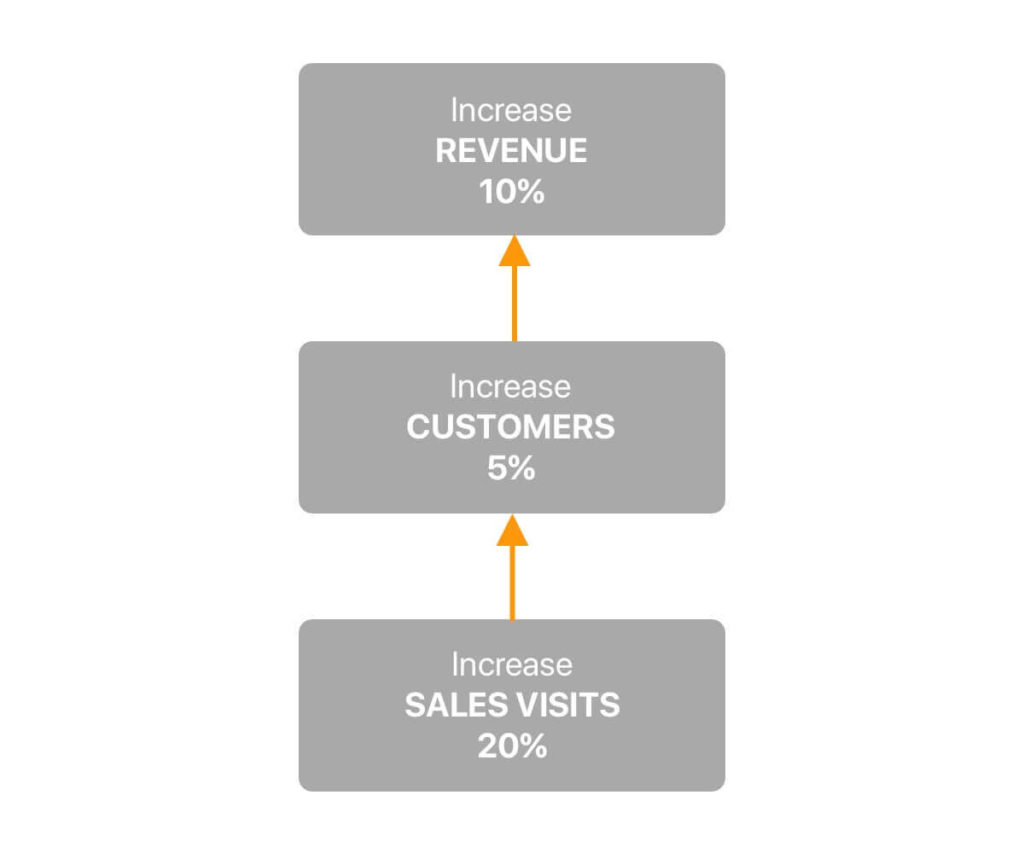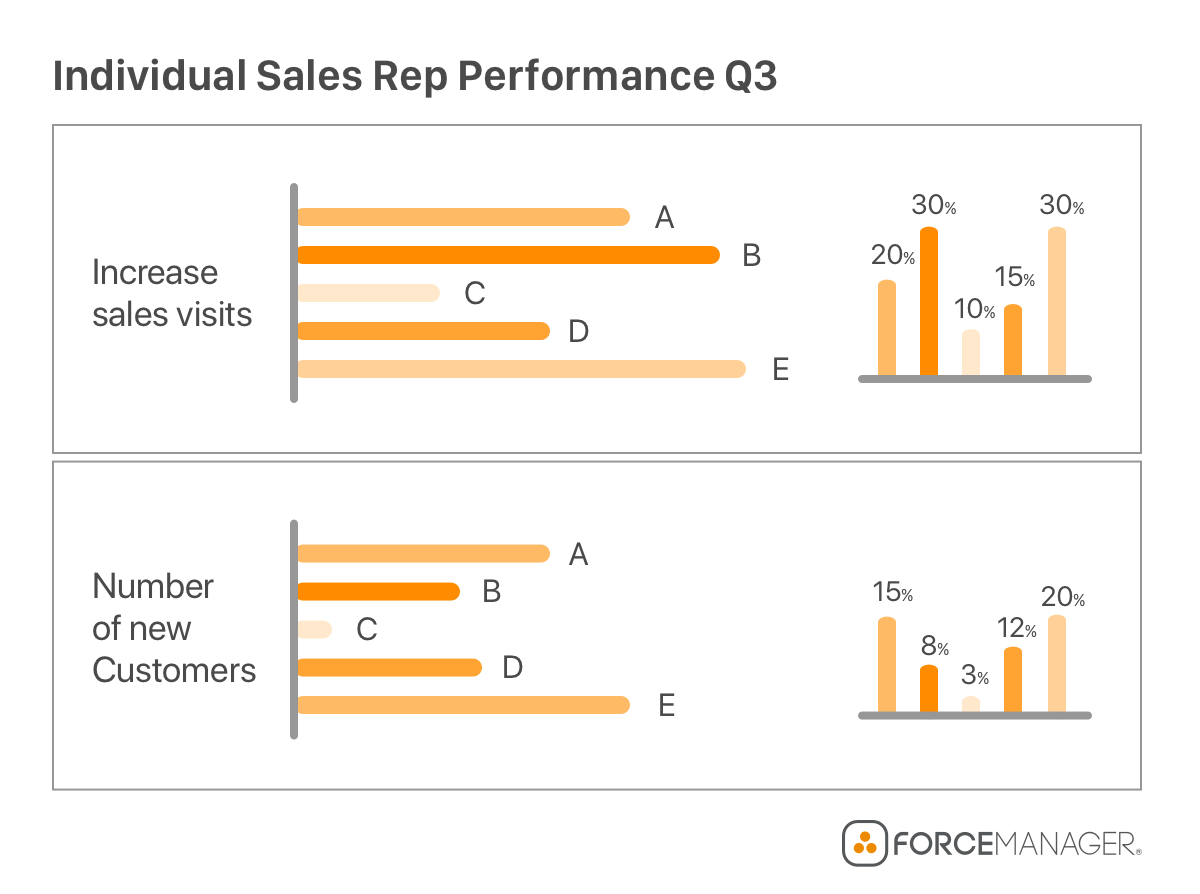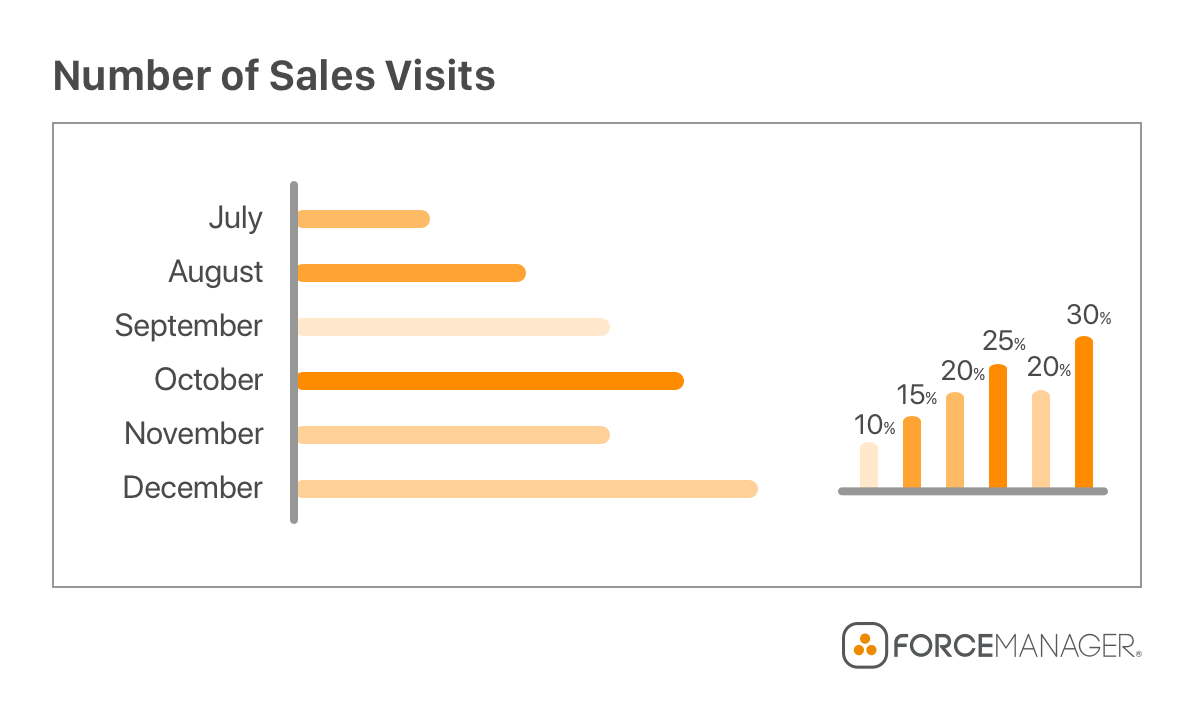Product
Features
column
column
Add-ons
Integrate
Custom Versions
Customers
By Industry
By Role
Success Stories
column
column
Pricing
Resources
Product Support
Education Resources
section
8 min read
Out of all the sales coaching models I have come across during my time as a sales director none stand out more so than the metrics-driven approach championed by ex Hubspot Senior Vice-President of Sales, Mark Roberge.
Now I’ve always been a firm believer that to truly maximize the potential of our sales teams we have to use data. It points out which skill areas need improving, helps us put a coaching plan in place and monitor its progression over time.
What’s more, our decisions will be based on live, real-time feedback from the CRM so you can be confident that an improvement in these skills will directly affect those key sales metrics on the board.
While other sales coaching models focus heavily on building sales leadership qualities and delivering feedback to your salespeople, they tend to leave the method and selection of specific sales skills down to us.
Again, while we might have our team’s best interests at heart, we do not always have sufficient insight to make the best possible decisions which is why we should lean on data to help guide us in our choice.
So let’s take a look at the metrics-driven sales coaching model.
You are probably wondering exactly how to decide which of your salespeople’s skills need improving.
Is it their cold calling or email outreach? Is it their presentation skills? Their ability to overcome clients objections during the primary visit?
Just how do you decide?
The answer all comes down to the specific sales management process your field reps are working under and the related objectives you set them.
Let me give you an example.
Imagine your target business result for Q2 is to increase revenue by 10%. The best way to achieve this, you deduce, is to increase customer acquisition by 5%. Therefore each of your sales reps is set a goal to increase sales visits to prospective clients by 20%. See figure 1.1

Now that you have a quantifiable goal (number of sales visits) related to a specific business objective (increase in customers) the first step is to track these two metrics over a period of time.
This can be done over a number of weeks, months or even by quarter; it really depends on the length of your sales cycle. A shorter sales cycle will require more frequent metric analysis than a longer sales cycle, for example.
To track these metrics, you can set up a custom sales manager reports within your CRM. This will allow you to build up enough data with which you can apply to your sales coaching model.

Take a quick look at figure 1.2. You’ll see the performance levels of 5 field sales reps measured against our two key metrics; our business objective (increase number of new customers) and sales goal (increase in the number of sales visits).
Each line represents a single a sales rep, indicating who are you top, mediocre and poorest performers.
Let’s take a look at sales rep B. Over the past month they made the fewest sales visits by some margin, and consequently onboarded the fewest number of customers. There is a obviously a problem here with their ability to hit their quota of visits that needs your attention.
Before you approach the sales rep to address the issue, take a minute to think over all the necessary skills a sales rep needs to achieve this specific goal.
Off the top of my head, here are a few likely candidates:
Now that we have our list of potential problems areas and necessary skills to improve them, it’s time look at potential sales coaching programs.
Before any sales manager embarks on creating a sales coaching program it’s important they first include the feedback from the individual sales rep in question.
Too often I have seen managers start their one-to-one meetings like:
“Hey Anna, I’ve just gone over your monthly performance report and know exactly where you are falling short. This is what the problem is and this is how we are going to solve it…”
This approach in now way empowers the salesperson to reflect on their performance or promote eventual buy-in to your sales coaching program (which is going to be crucial if you want it to be implemented).
A better approach is to plan the sale coaching program with the sales rep. Allow them to uncover their own weak points by asking them a series of informative questions.
For example:
“Hey Anna, generally speaking, how do you think you performed over the last quarter?”
“Let’s take a look at your weekly sales report, here are the number of sales visits you made compared to the rest of the team, how would you rate your performance?
And the key question highlighted by Roberge in his book The Sales Management Formula:
“So, reflecting on your observations and the metrics that we went through, which skill do you think we should work on and how do you think I can help you develop that particular skill?”
It’s more than likely that as their sales manager you have a fairly good idea of where their skills deficiency lays. However, it is important that you be flexible with your sales coaching program and be open to including the feedback from your one-to-one session with the sales rep.
This approach maximizes the buy-in from your team and allows salespeople to develop their own independent coaching skills.
An alternative method for sales managers who can’t secure face-to-face time with their sales reps is to could conduct a gap analysis.
A gap analysis is basically the acknowledgement of a perceived “gap” between a rep’s current skill set and that of which is required. These skills should first be assessed by the individual and then the sales manager, with a follow-up meeting scheduled to review the results. These results can be displayed on a graph/table as shown in figure 1.3.

The reason behind this exercise is to gain a mutual consensus between yourself and your sales reps that the selling skills training or sales coaching plan they are about to commence is going to add value to their work. If not, reps will always perceive it as a burden or cost, rather than an investment in their career development.
So now that you have included the feedback of your sales team and have full buy-in in the coaching program, it’s time to put the your sales coaching models into action.
Referring back to figure 1.2 you will remember that sales rep C fell short of their target of 20% increase in sales visits.
We already came up with a list of possibilities as to why that might be but remember, we first need to include their feedback so start by asking them directly to get their initial thoughts. Then, based on the metrics you’ve pulled from the CRM offer your own personal advice and perspective.
Here are a couple of potential problem scenarios and corresponding coaching plans for sales rep C:
Time Management – One possible explanation for sales rep C’s poor performance is their lack of time management skills. Perhaps they are spending too much with existing customers and not enough with new prospects and leads? Maybe their route planning skills need improving? Or perhaps they are spending too much time bogged down in the CRM with administrative tasks
If after discussing with the individual sales rep this turns out to be the case, then a possible sales coaching program would be to encourage them to set daily and weekly activity goals. You can then monitor and track their progress through a goal setting plug-in tool such as GoalManager.
Lack of motivation – This is a common problem among sales reps, particularly those that have been at the organization for a long time. Telltale signs are the differentiation of hours put in compared to top performers, patchy sales reporting infrequent activity within the CRM.
The best way to approach this through a deep, personal conversation. Try and ascertain what it is that drives and motivates them. If it’s money, ask how much would they like to earn? When would they like to be earning it by? See if there is away you can feasibly link certain sales goals to financial reward. Again, this needs to be monitored and tracked according to your sales coaching program.
Now let’s take a look at a slightly different scenario with sales rep B. They are are exceeding their goals for the number of sales visits to new clients and prospects (up 30%) but their conversion rate from visits to clients on-boarded is significantly lower than their peers’.
Again, we there could be several possible explanations for this:
Going through the same process as with sales rep B, let’s look at some of these problem scenarios in more detail:
Lead qualification – Seeing as sales rep C’s visit numbers are high but conversion rates are low, it’s possible that they are qualifying opportunities too early in the buyer’s journey. Many of the leads are not ready for a full product demonstration resulting in a high drop-off between first demo and the next stage in the buy cycle.
A successful coaching program would include a daily pipeline review of sales opportunities with a clear understanding of what criteria they must meet before being passed along the sales funnel.
Poor visit preparation – Another possible reason for the poor conversion rate could be a lack of preparation before visits. During their visits sales rep C maybe discussing solutions for pain points certain leads do not suffer from, creating a disconnect between your product’s ability to solve the actual problem they are suffering from.
To solve this your sales coaching program will guide them on how to properly prepare for a visit during the “golden minute” identifying who they’ve previously been in contact with from the organization, what was said and crucially which key pain points your product helps solve.
Now that the sales coaching plan is in place, we need to make sure that as much as our feedback during our coaching sessions is on-boarded as possible.
The most effective sales coaching technique I have come across is to focus on one skill deficiency highlighted during your sales coaching model analysis that you think will have the greatest impact on performance.
The reason for this being that many sales managers tend to throw the kitchen sink at reps. They discover maybe 5 or 6 skill gaps that they want closing and bury the poor recipient with advice and a list of recommended reading material as long as your arm.
While their intentions are honest, it’s simply overwhelming for the sales rep on the receiving end and little to no improvement is seen throughout the duration of the sales coaching program.
Let me give you an example from swimming.
For years I wanted to learn how to master the butterfly stroke. Such was my will and determination to do so I paid out for private lessons from an ex-pro. Our first lesson went as follows…
“Luke, the key to mastering butterfly is generating enough propulsion from your legs and core muscles so that after a generous pull through with the arms, in a keyhole stroke motion, you can lift your head simultaneously, breathe, before bringing the arms back over your head and repeating the stroke pattern.. Now you give it a try…”
I wish I had recorded what happened over the next half hour or so (a lot of flailing arms and hapless leg kicking) to demonstrate just how truly confused and lost I was even with an ex-pro guiding my every move.
The problem was he fell guilty of the “kitchen sink” approach. I was simply overwhelmed with information, trying to focus on 5 different things at once and mastering none of them.
Much better would have been to pick out the one skill (dolphin kick) with the greatest potential impact on performance and focus on that. Once that is mastered, I can move on to the next skill and so on and so forth.
The fourth and final part of the metrics-driven sales coaching model is measurement.
This is crucial as without it, how are we to know if the sales coaching program put in place is working or not?
To do so you can again set up a customized sales report within your CRM to monitor and track the selected metrics from the second part of the sales coaching model.
For example, take a look at figure 1.4 for a reference on the skill development of sales rep C from figure 1.2

As you can see form this custom sales report, sales rep C has gradually increased the number of sales visits made throughout the course of the year, indicating that the sales coaching program implemented is working.
This should be consistently tracked and followed-up with in one-to-one visits to monitor their progress. If the numbers steadily decline, talk with your sales rep to find out why and adjust the sales coaching plan accordingly.